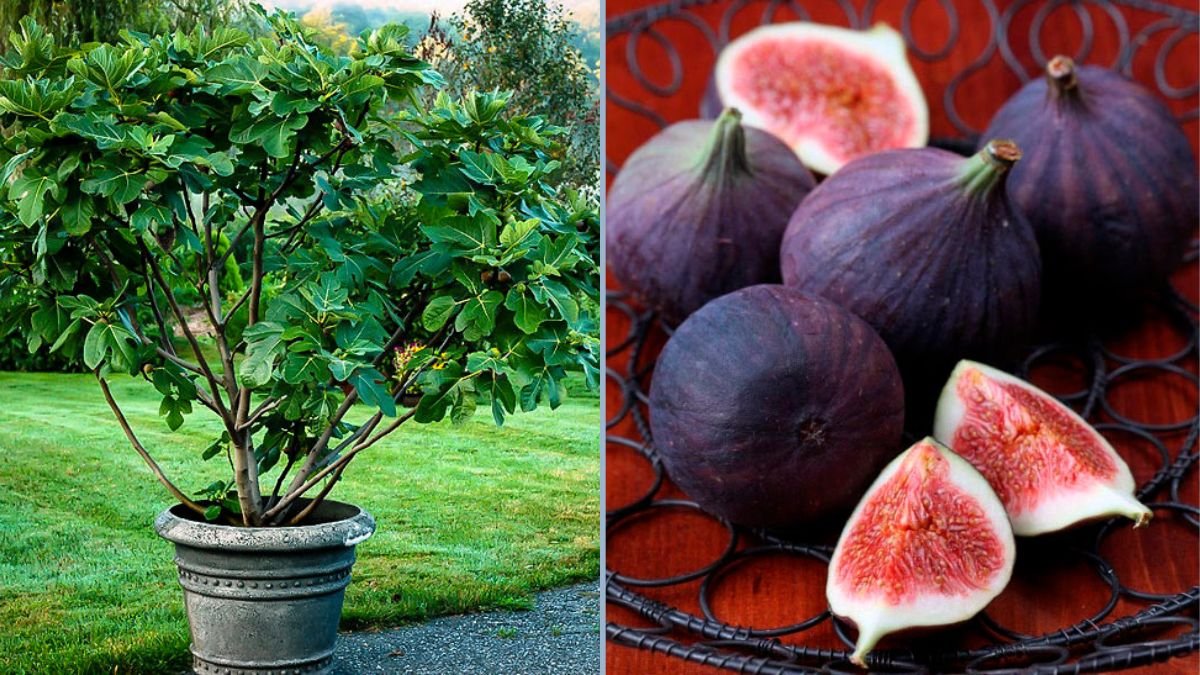There’s a special kind of satisfaction that comes from growing your own fruit, and few moments compare to harvesting the first ripe fig from your Black Mission fig tree. With their sweet, jammy flesh and rich flavor, Black Mission figs are a favorite among home gardeners and fruit enthusiasts alike.
In this post, we’ll take you through everything you need to know about Black Mission fig trees, from planting and care to harvesting, pest management, and tips for enjoying your own homegrown figs.
Why Grow Black Mission Figs?
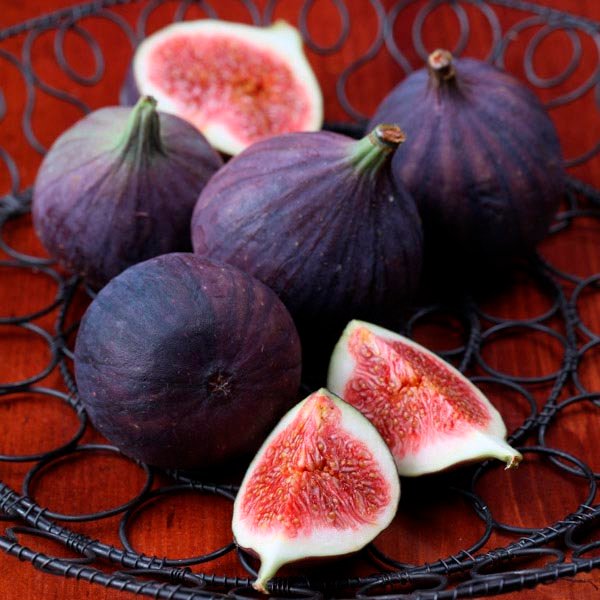
Black Mission figs are prized for several reasons:
- Exceptional Flavor: Deeply sweet, rich, and jammy, perfect for fresh eating, baking, or preserves.
- Beautiful Fruit: Dark purple-black skin with vibrant pink flesh, attractive on the tree and on the plate.
- Reliable Producer: Black Mission figs are known for consistent fruiting and high yields.
- Drought Tolerance: Hardy in warm climates and able to withstand periods of dry weather.
- Ornamental Value: Glossy green leaves and sprawling branches make them attractive landscape trees.
These qualities make the Black Mission fig tree an excellent addition to any backyard orchard or garden.
Understanding the Black Mission Fig Tree

Black Mission figs (Ficus carica ‘Black Mission’) are deciduous trees that thrive in warm, sunny climates. They are typically grown in USDA zones 7–10, though they can also be grown in pots or containers for colder climates.
Key Characteristics:
- Leaves: Large, deeply lobed, and bright green.
- Fruit: Medium to large figs with dark purple-black skin and pink, juicy flesh.
- Growth Habit: Spreading, bushy tree that can reach 10–15 feet in height and width.
- Fruit Season: Typically produces two crops per year in warm climates: a breba crop on previous year’s growth and the main crop on current year’s growth.
Understanding these traits helps you plan for care, harvesting, and overall maintenance.
Planting Your Black Mission Fig Tree
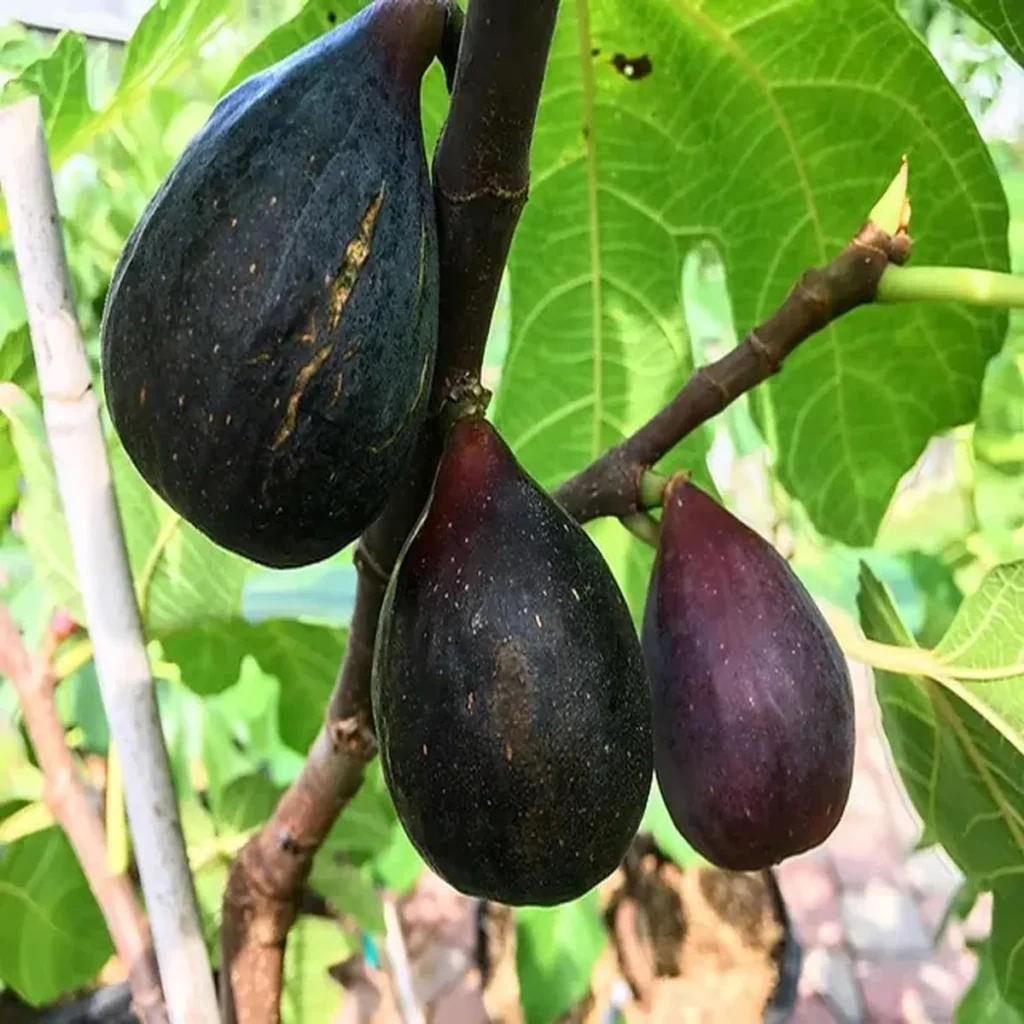
Proper planting sets the stage for healthy growth and abundant fruit:
1. Choosing the Right Site
- Sunlight: Full sun is essential; aim for 6–8 hours daily.
- Soil: Well-draining soil is a must; sandy loam or slightly acidic soil works best.
- Protection: Shelter young trees from strong winds and frost-prone areas.
2. Planting Steps
- Dig a hole twice as wide as the root ball.
- Mix native soil with compost or organic matter for added fertility.
- Position the tree upright, keeping the root crown level with the soil surface.
- Backfill and gently firm the soil.
- Water thoroughly and mulch around the base to retain moisture, keeping mulch away from the trunk.
3. Container Planting
- For colder climates, grow the fig in a large pot (18–24 inches in diameter).
- Move the tree indoors or to a protected area during winter.
Watering and Moisture Management
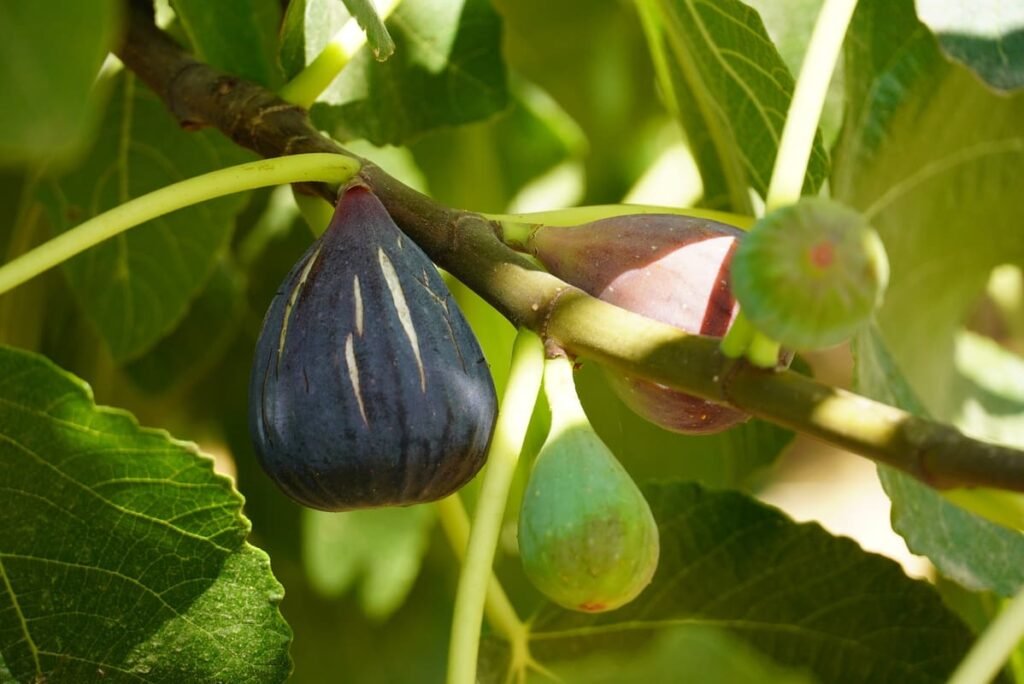
Watering plays a crucial role in fig tree health and fruit development:
- Young Trees: Require consistent watering to establish roots.
- Established Trees: Drought-tolerant but benefit from deep, infrequent watering during dry periods.
- Container Trees: Dry out faster and need more frequent watering.
- Avoid waterlogging, which can cause root rot and poor growth.
Mulching helps retain soil moisture, moderates temperature, and reduces weed competition.
Fertilization for Black Mission Figs
Figs are light feeders but benefit from balanced nutrition for optimal growth and fruiting:
- Use a balanced fertilizer (N-P-K ratio 8-8-8 or similar).
- Apply 2–3 times during the growing season, adjusting based on tree size and soil fertility.
- Excess nitrogen encourages leafy growth at the expense of fruit, so moderation is key.
- Add organic matter or compost to improve soil structure and provide micronutrients.
A properly fed tree produces larger, sweeter fruit and stronger growth.
Pruning Your Fig Tree
Pruning helps maintain tree structure, increase airflow, and encourage fruiting:
- Remove Dead or Diseased Wood: Essential for overall tree health.
- Thin Branches: Open up the canopy to allow sunlight to reach inner leaves and fruit.
- Maintain Shape: Especially important for container trees or small garden spaces.
- Timing: Prune in late winter when the tree is dormant to minimize stress.
Correct pruning ensures better fruit quality and easier harvesting.
Flowering and Fruit Development
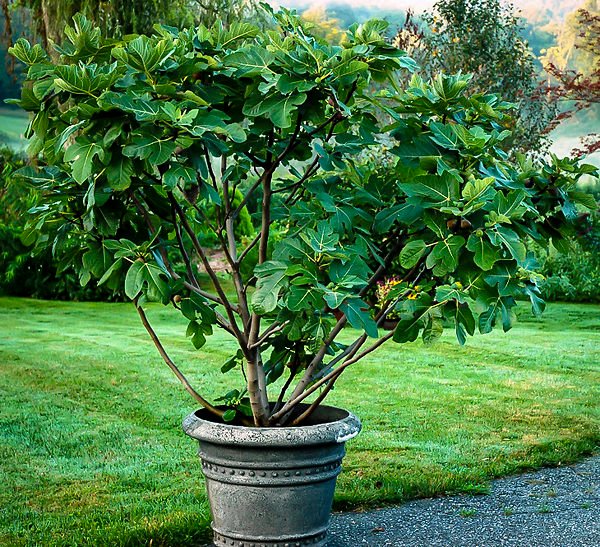
Unlike many fruit trees, figs don’t have visible flowers. Instead, the flowers are contained within the fruit itself, developing into the sweet, edible fig:
- Breba Crop: Figs that develop on last year’s wood, usually smaller but earlier.
- Main Crop: Figs on the current season’s growth, typically larger and more abundant.
- Fruit Development: Takes 2–3 months from fruit set to ripening, depending on climate and care.
Consistent watering and light fertilization support larger, sweeter fruit.
Pest and Disease Management
Black Mission figs are relatively hardy, but monitoring for pests and diseases helps maintain tree health:
Common Pests
- Fig Beetles: Feed on ripe fruit; handpick or use traps.
- Aphids: Feed on young shoots; treat with insecticidal soap.
- Spider Mites: Cause leaf stippling; spray with water or miticides.
Common Diseases
- Fig Rust: Causes yellow-brown spots on leaves; remove affected foliage.
- Root Rot: Occurs in poorly drained soil; ensure proper drainage.
- Leaf Spot or Mildew: Maintain airflow and avoid overhead watering.
Early detection and good cultural practices are key to healthy trees and quality fruit.
Harvesting Your Black Mission Figs
Harvesting is the most rewarding part of growing figs:
Signs of Ripeness
- Softness: Ripe figs are slightly soft to the touch.
- Color: Black Mission figs turn deep purple-black when fully ripe.
- Ease of Picking: Fruit should detach easily from the stem.
- Taste Test: Sweet, jammy flavor signals peak ripeness.
Figs do not ripen off the tree, so timing is crucial for maximum sweetness.
Enjoying Your Fresh Figs
Freshly harvested Black Mission figs are incredibly versatile:
- Fresh Eating: Enjoy as-is or in fruit salads.
- Baking: Perfect for tarts, cakes, and breads.
- Preserves: Make jams, compotes, or fig butter.
- Savory Dishes: Pair with cheeses, cured meats, or salads.
Homegrown figs are far more flavorful than store-bought, with a freshness that can’t be replicated.
Tips for a Thriving Black Mission Fig Tree
- Sunlight: Ensure at least 6–8 hours of direct sun daily.
- Watering: Deep, infrequent watering encourages healthy root development.
- Fertilization: Apply a balanced, moderate fertilizer to support growth without excess foliage.
- Pruning: Maintain shape, remove dead wood, and improve sunlight penetration.
- Pest Monitoring: Check leaves and fruit regularly to prevent infestations.
- Mulching: Helps retain moisture, suppress weeds, and regulate soil temperature.
- Container Care: Move potted trees to sheltered areas during frost or extreme weather.
Following these tips ensures your tree thrives and produces abundant, sweet figs.
Conclusion
There’s nothing quite like the joy of harvesting the first ripe fig from your Black Mission tree. From its glossy green leaves and sprawling branches to the sweet, jammy fruit, this tree offers both ornamental beauty and delicious harvests.
By understanding its growth habits, planting requirements, care, and harvest techniques, you can enjoy years of bountiful fruit. Regular watering, balanced fertilization, proper pruning, and pest management all contribute to healthy trees and flavorful figs.
Whether eaten fresh, baked into desserts, or preserved for later use, homegrown Black Mission figs offer a unique and rewarding gardening experience. Seeing that first ripe fig hanging from your own tree is a moment every gardener cherishes, marking the beginning of a fruitful relationship with your citrus garden.
